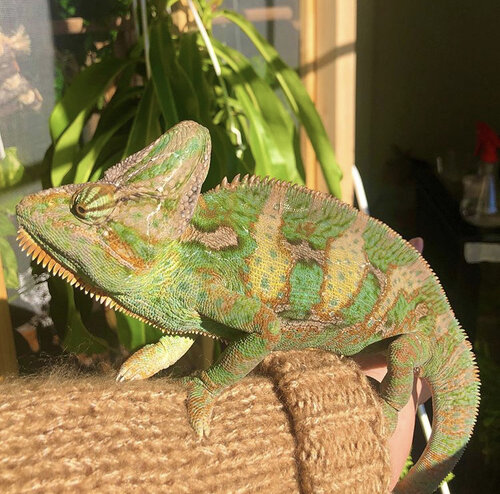kwengkynator
Member
Ive been wondering about the power of the jaw muscles of my chameleon lately. I haven't been bitten by I was just wondering because a friend of mine asked how hard do they bite and I couldn't answer it myself. Thought I should ask it here.
I have 2 veileds a male and a female. My female used to hiss at me now shes well acquainted with me, which is nice. Now hissing or no drastic color changes. I recently got a male, he seems shy but not violent.
Which ones have the biggest snap to its bite? Species wise that is.
THANKS!
I have 2 veileds a male and a female. My female used to hiss at me now shes well acquainted with me, which is nice. Now hissing or no drastic color changes. I recently got a male, he seems shy but not violent.
Which ones have the biggest snap to its bite? Species wise that is.
THANKS!








